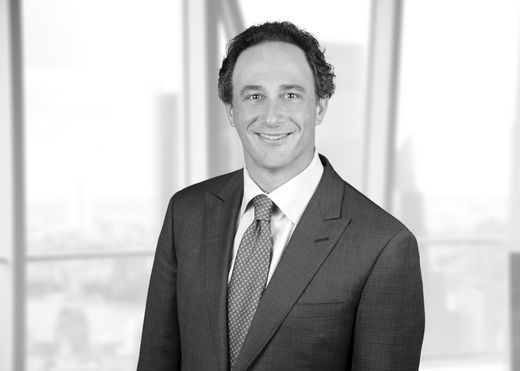The Road Ahead for Private Equity: Debt Finance

Throughout 2023, we have continued to see activity in the debt finance markets, but the higher cost of capital, ongoing geopolitical uncertainties and mismatch in buyer/seller pricing expectations meant that deals have been getting done with less leverage. The syndicated lending market remained challenged through 2023 and therefore, private capital providers played a more significant role in lending activity.
The secular trend underpinning the proliferation of direct lenders in the market shows no signs of abating and those lenders have gained further market share in recent years. Certainty and speed of execution alongside the ability of direct lenders to provide long-term, flexible and supportive capital to sponsors, even in a distressed environment, continue to appeal to private equity borrowers.
In a higher rate environment, the pricing delta between private capital and syndicated lenders has also narrowed, such that even when M&A markets recover, we expect to see little that will displace private credit funds as a reasonable alternative to traditional banks. The looming threat of more regulation of direct lenders, as well as conflicts issues between sponsors and private capital providers, could dampen growth but for the immediate future, private credit looks to remain a solid
option for borrowers.
There has been an increase in the number of distressed borrowers in some industries as parts of the economy continue to experience difficulties. We are seeing an increase in workout activity as lenders agree to bespoke structuring solutions to address covenant and other potential defaults. In both the U.S. and Europe, default rates have crept up but still remain at relatively low levels. Private credit providers have, for the most part, been constructive and solutions oriented.
The need to overcome a bid/ask spread on transactions is driving the use of more creative structuring in financing packages, with greater adoption of preferred equity, contingent payments, seller notes and earn-outs as part of capital structures.
The 2023 market was characterized by more follow-on acquisitions by existing portfolio companies than platform deals and a significant volume of refinancings via amendand-extend transactions, covenant resets and workouts. With interest rates high and funds themselves struggling to access liquidity, there is more appetite to use fund financing solutions to support portfolios. Subscription credit lines have proved harder to access following the challenges in the U.S. regional banking market at the start of 2023, which impacted many traditional subscription facility lenders.
For later stage funds, NAV credit facilities that allow funds to borrow against the value of their underlying portfolios are becoming more common. Such tools offer only a small boost of liquidity in most cases, because loan-to-value ratios are typically well below 40%, but they can give sponsors much-needed additional flexibility and a bridge to extend the timeline to exit in anticipation of improved valuations.
Fund finance is another part of the market coming in for additional regulatory scrutiny, with enhanced reporting rules from the Securities and Exchange Commission (SEC) now requiring managers to state performance with and without the impact of fund-level subscription facilities.
Moving into 2024, we see more focus among lenders generally on avoiding losses, meaning they are reducing hold sizes, entering into more club arrangements on large deals and employing tougher due diligence at deal inception. They are willing to sacrifice incremental gains in terms of sponsor relationships or market share in order to preserve capital, particularly given the ever-present threat of a looming maturity wall.
Despite headwinds, we expect that liquidity will be available as the LBO markets recover through the coming year. Until then, we expect the continuation of creative deal structuring and more risk averse approaches from credit funds as their strength in the market keeps growing.




